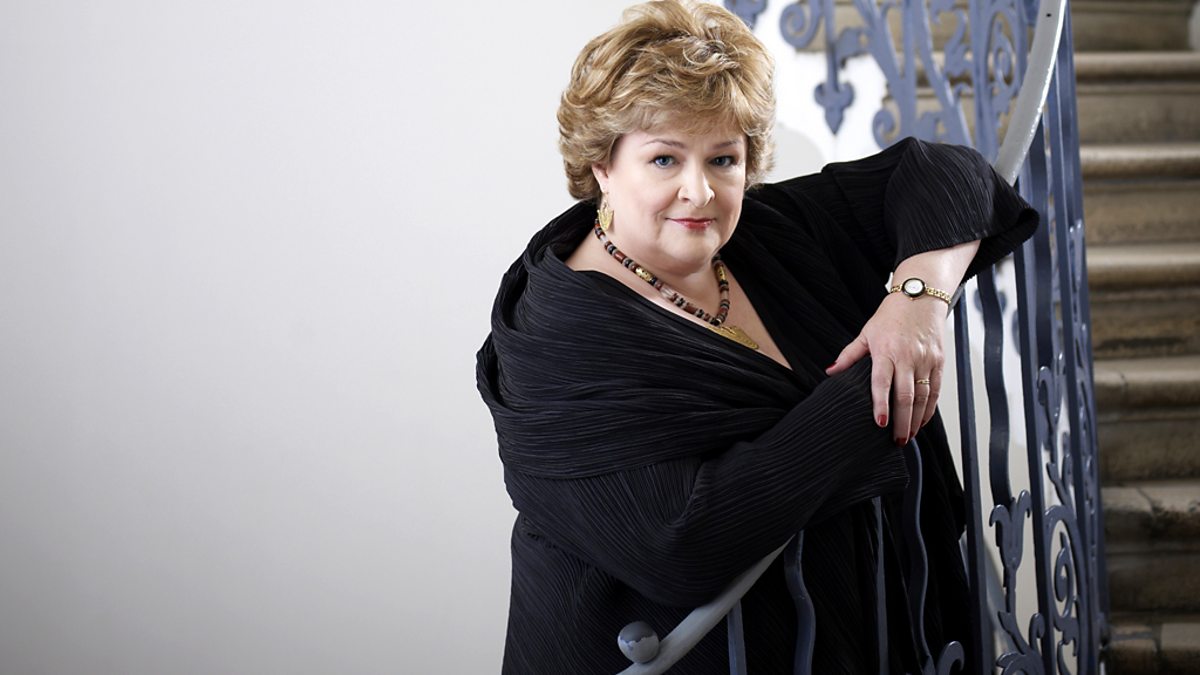'Wobble'
Collapse
X
-
I think that's right, and surely such straining of the voice is an inevitable result of the increases in size and volume (partly a question of instrument design) of orchestras? It's an impression rather than a scientific thesis, but I believe that singers have more to overcome now than was the case, say, 200 or even 100 years ago. It may be that growth in size of opera houses and concert halls is also a factor.Originally posted by Richard Tarleton View Post...I suppose the cases of wobble that spring to mind are either older singers who have gone on too long, and find it a strain, or singers who are overparted, and find it a strain. Is it to do with straining the voice?
I have seen it stated that vibrato has become more of a problem in recent years (variously defined!) and believe that this is true, partly for these reasons and partly because the last 50 years has also seen a growth in pure-voiced sopranos (such as Emma Kirkby) who provide such a stark contrast. My wife has a very pure soprano voice (partly why I married her! ) - her tolerance of Verdi/Wagner soprano vibrato is lower than mine, but mine has certainly reduced over the years.
) - her tolerance of Verdi/Wagner soprano vibrato is lower than mine, but mine has certainly reduced over the years.
It's interesting that the problem (if that is what it is) is attributed far more to women's voices (especially sopranos) than to men's. Many tenors/baritones do display excessive vibrato (imo), but it causes me less discomfort than with sopranos - is that just because the higher pitch adds an element of shrillness, whereas the men just sound woolly?
Comment
-
-
The absence of vibrato/wobble and the production of a voice nearly free of these characteristics rarely attracts me - I am one of those throwbacks unattracted by the vocal efforts of the Emma Kirby school. Equally I agree with those who find excessive vibrato unpleasant and there are some examples quoted earlier of singers who should have put a sock in it when their voices spread uncomfortably under the strain of the roles they sang.
Like so much in music it pretty much boils down to personal taste, I think.
Comment
-
-
You can talk about vibrato but not wobbles in string players, so there must be some distinctions? Can you talk about wobbles in wind instruments players?Originally posted by rauschwerk View PostWhich supports my contention that there is no generally agreed definition of the term.
Rolmill
If you did not hear last Saturday’s Early Music Show, try catch up before it disappears. Very interesting discussion about (in this case) tenor voice.
Comment
-
-
A string player can only vibrate by altering frequency, but probably can't easily make a wide enough vibrato for it to sound like wobble. I'm not sure about wind instruments. I find horn playing with vibrato difficult to take, however.Originally posted by doversoul View PostYou can talk about vibrato but not wobbles in string players, so there must be some distinctions? Can you talk about wobbles in wind instruments players?
Comment
-
-
This has always puzzled me. I have long suspected that singers apply vibrato as a volume modulation, not as pitch modulation, and that "wobble" is just a wider and, possibly, slower modulation. I also suspect that with some (perhaps many) singers vibrato becomes so ingrained that it almost becomes a nervous tick or something of a comfort blanket rather than just one of many - to be applied carefully.Originally posted by rauschwerk View PostA singer applies vibrato in either or both of two ways: modulation of the pitch (frequency) or of the volume (amplitude).
For me the vibrato used by many sopranos and altos is excessive and unpleasant but, as others have said, this reaction of mine is mainly to female voices. On the other hand the white toned voices such as Emma Kirkby do nothing for me what-so-ever.
Comment
-
-
I'm in no doubt that some, intentionally or not, apply pitch modulation and I first discovered this a long time ago by playing LPs at 16 rpm.Originally posted by johnb View PostI have long suspected that singers apply vibrato as a volume modulation, not as pitch modulation, and that "wobble" is just a wider and, possibly, slower modulation.
Comment
-
-
This is worth listening toOriginally posted by jean View PostPerhaps wobble is what you get when you weren't aiming at any vibrato at all?
It's a vibrato that is neither desired nor under the performer's control.
It's unlikely that a string player could produce that.
.
the "vibrato" is precisely notated and moves between different speeds etc
Comment
-
-
A trial with the Corydon Singers' recording of Mendelssohn's 'Hör mein bitten' (soloist Anne Dawson) reveals the truth. At just after 5'00" the soloist sings a top G. Played at half speed, this clearly reveals that her pitch varies at about 6 Hz between G and A! There is small amplitude variation as well. In this case, however, I forgive the soloist her obvious wobble because her singing is so heartfelt.
Comment
-
-
So do I. Sadly, it appears to be on the increase, even creeping into the BPO. The famous Oslo PO recording of Tchaik 5 was ruined by it.Originally posted by rauschwerk View PostA string player can only vibrate by altering frequency, but probably can't easily make a wide enough vibrato for it to sound like wobble. I'm not sure about wind instruments. I find horn playing with vibrato difficult to take, however.
The Staatskapelle Dresden had no horn wobble in 1957, but sounds like a Russian orchestra now.
Woodwind vibrato? Not on the clarinet, please.
Comment
-


Comment